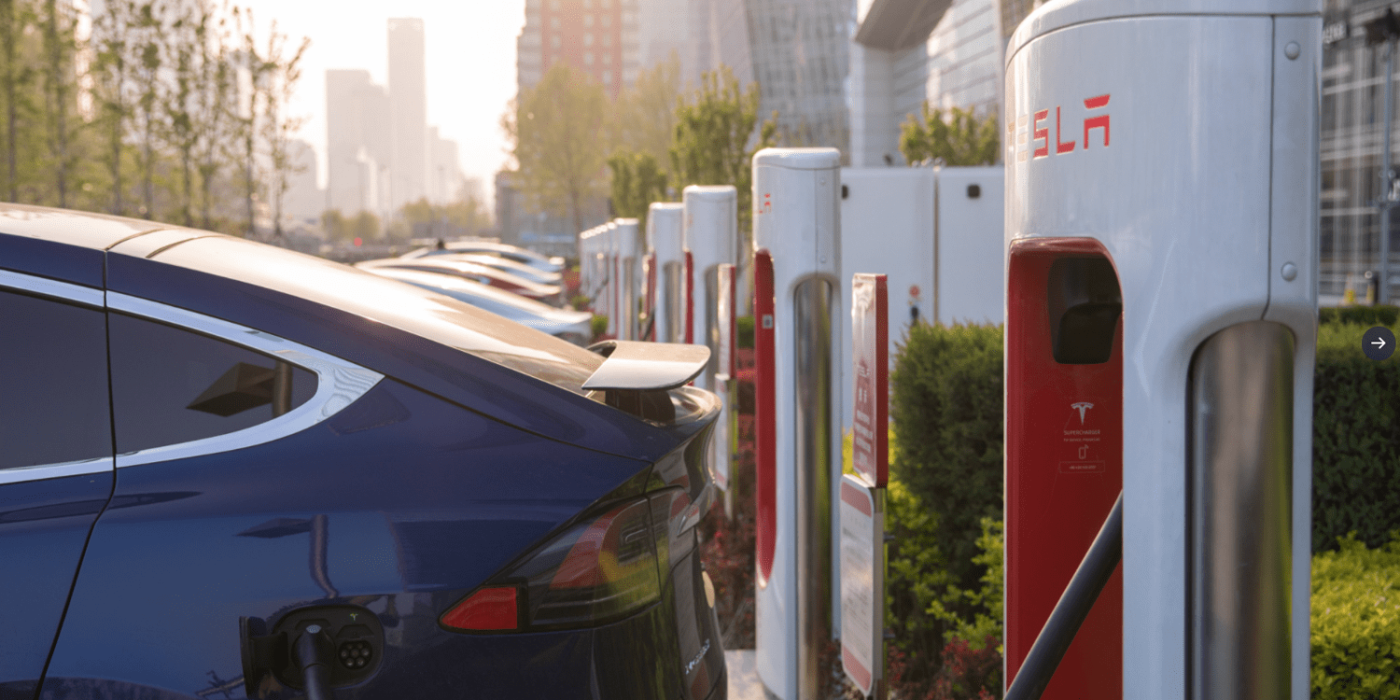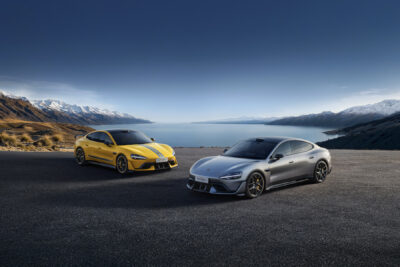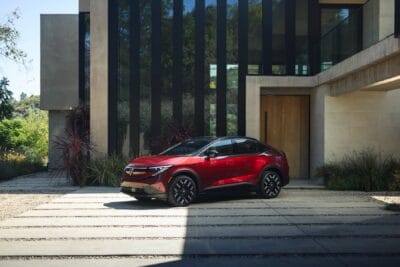Tesla opens charging for third parties in the Netherlands
Tesla is opening ten Supercharger locations in the Netherlands for drivers of electric vehicles from other brands. The move is intended as a test scenario to gain experience with demand. The ten locations are initially only accessible to BEV drivers who are registered in the Netherlands.
Rumours about opening up Tesla’s proprietary Supercharger network have been around for a long time. Now Tesla is officially initiating a “non-Tesla Supercharger pilot project” at ten locations in the Netherlands, specifically in Sassenheim, Apeldoorn Oost, Meerkerk, Hengelo, Tilburg, Duiven, Breukelen, Naarden, Eemnes and Zwolle. As of now, the Superchargers there are also accessible to Dutch non-Tesla drivers via the Tesla app (version 4.2.3 or higher). Drivers of Tesla vehicles can also use the stations as usual.
On its website, Tesla comments on the move as follows: “It has always been our ambition to open up the Supercharger network to non-Tesla electric cars, encouraging more drivers to go electric. This move directly supports our mission to accelerate the world’s transition to sustainable energy. More customers using the Supercharger network will enable faster expansion. Our goal is to learn and improve quickly while aggressively expanding the network so that we can eventually welcome both Tesla and non-Tesla drivers at every Supercharger worldwide.”
As of today, there are now more than 25,000 Superchargers on the network worldwide since Tesla initiated its own charging network in 2012. Before opening up access to third-party brands at other locations, Tesla now wants to first check the impact at the ten Dutch sites, record any congestion and evaluate the feedback. “Future locations will only be opened to vehicles from other brands if capacity allows,” Tesla said.
What price Tesla will charge for third-party brands at the ten pilot locations remains vague. “Prices vary by location,” the electric carmaker informs. They can be viewed in the Tesla app before charging begins. The price per kWh can be reduced with a charging membership, the company adds. However, various posts and Twitter comments indicate that Tesla charges 0.57 euros/kWh at one of the locations. In future, blocking fees will apply equally to Tesla and third-party brand vehicles.
Basically, price is likely to be one of the differentiators to continue to favour Tesla drivers. This is clear from the following statement from Tesla: “The prices for non-Tesla drivers reflect the additional costs of supporting charging for a wide range of vehicles and adapting our locations to accommodate them.” The charging process, which works for Tesla drivers via Plug&Charge, also involves more effort for non-Tesla brands. For example, a payment method has to be stored via the app and the charger activated at the location, and charging then started and stopped manually.
As far as cable length is concerned, Tesla concludes by pointing out that “certain Supercharger locations may not be suitable for all vehicles”.
Meanwhile, the pilot project does not come as a surprise – rather as an announcement. During a conference call on the Q2 quarterly figures, Tesla had already provided the first official information at the end of July on how the planned opening of the Supercharger charging network for electric cars from other manufacturers could proceed. At the time, Tesla already announced that its own app would play a central role in this, as the electric cars of other manufacturers cannot communicate with the Supercharger like the Teslas.
Tesla CEO Elon Musk already said in July that the opening should be implemented in all markets in which Tesla relies on the CCS standard – for example, Europe. In the USA, the Californians use a charging standard they developed themselves. According to Musk, Tesla will offer an adapter for this so that vehicles from other manufacturers – for example with a CCS1 connection – can charge at the US Supercharger with the Tesla standard. It is not yet known how much the adapter will cost.
It is also interesting to note that Musk had already sketched out a rough outline of the pricing structure in the summer, which does not emerge from the current communication on the pilot project in the Netherlands: At the time, it was said that there were plans to introduce “more advanced dynamic pricing based on charging speed and traffic at certain stations to encourage shorter charging processes”. In other words, those who charge more slowly (and thus occupy the charging station longer) should pay more. The price per kilowatt-hour could also be raised at peak times to control utilisation.
No details are known yet about the potential implementation of the opening strategy in Germany with the requirements of the calibration law and the charging station ordinance.
With reporting by Cora Werwitzke, France.
tesla.com (in German)





0 Comments